Diagnostic Pitfalls in Urologic Pathology
COURSE DESCRIPTION
Urologic pathology is a complex knowledge base that changes constantly in the context of diagnostic criteria refinements and genomic/molecular information updates. Benign tumor-like lesions of the prostate are often over-diagnosed as cancer or atypical small acinar proliferation; secondary tumors involving the prostate are frequently misdiagnosed as primary prostate cancer; histologic variants of prostate cancer with important clinical significance are under-recognized; therapy changes in benign glands and prostate cancer are frequently missed; extra-prostatic extension of cancer is frequently missed in needle core biopsies; recently described renal cell carcinomas are not well-appreciated; secondary tumors involving kidney are occasionally misinterpreted as primary renal cancers; some variants of urothelial carcinoma are under-recognized; benign entities that mimic urothelial carcinoma are frequently misdiagnosed; testicular tumors continue to pose diagnostic dilemmas.
This fabulous faculty reprises their 2016 Interactive Microscopy Course with cases selected from their expert consultation files and routine in-house archives illustrating recurrent professional practice gaps in urologic pathology, how to approach them and ways to avoid diagnostic pitfalls while making accurate diagnoses. The experience simulates clinical sign out with intimate mentoring and open dialogue in an aesthetic venue.
COURSE OBJECTIVES
• Recognize the most common benign mimics of prostate cancer; identify therapy-related changes in the
prostate; increase awareness of potential diagnostic pitfalls
• Identify secondary tumors involving the prostate, tumors arising from the prostatic urethra, and
histologic variants of prostate cancer
• Update pathologists on newly-described entities in renal neoplasia, including diagnostic guidelines
for utilizing immunohistochemistry in the work-up of renal tumors
• Develop a systematic approach to the diagnosis of bladder lesions, primary and secondary bladder tumors,
benign mimics of malignancy and to staging criteria
• Introduce new concepts and entities presented in the WHO 2016 Classification of Testicular Tumors
including differential diagnoses, morphologic mimics and prognostic significance
The United States and Canadian Academy of Pathology is accredited by the Accreditation Council for Continuing Medical Education (ACCME) to provide continuing medical education for physicians.
The United States and Canadian Academy of Pathology designates this live activty for a maximum of 16 AMA PRA Category 1 Credits™. Physicians should claim only the credit commensurate with the extent of their participation in the activity.
The USCAP is approved by the American Board of Pathology (ABP) to offer Self-Assessment credits (SAMs) for the purpose of meeting the ABP requirements for Maintenance of Certification (MOC). Registrants must take and pass the post-test in order to claim SAMs credit. Physicians can earn a maximum of 12 SAM credit hours.
Only logged in customers who have purchased this product may leave a review.
Related Products
VIDEO MEDICAL
VIDEO MEDICAL
VIDEO MEDICAL
VIDEO MEDICAL
VIDEO MEDICAL
VIDEO MEDICAL
VIDEO MEDICAL
VIDEO MEDICAL
VIDEO MEDICAL
VIDEO MEDICAL
VIDEO MEDICAL
VIDEO MEDICAL
VIDEO MEDICAL
VIDEO MEDICAL
VIDEO MEDICAL
VIDEO MEDICAL
VIDEO MEDICAL
Head and Neck, and Endocrine Pathology: Potpourri of Non-Neoplastic Lesions and Neoplasms
VIDEO MEDICAL
VIDEO MEDICAL
VIDEO MEDICAL
VIDEO MEDICAL
VIDEO MEDICAL
VIDEO MEDICAL
VIDEO MEDICAL
Diagnostic Challenges in Urologic Pathology: The Usual Suspects and The New Kids on the Block
VIDEO MEDICAL
VIDEO MEDICAL
VIDEO MEDICAL
VIDEO MEDICAL
VIDEO MEDICAL
VIDEO MEDICAL
VIDEO MEDICAL
VIDEO MEDICAL
VIDEO MEDICAL
VIDEO MEDICAL
VIDEO MEDICAL
VIDEO MEDICAL
VIDEO MEDICAL
VIDEO MEDICAL
VIDEO MEDICAL
VIDEO MEDICAL
VIDEO MEDICAL
VIDEO MEDICAL
Placental Pathology – A Tour of Common and Rare Pathologies with a Focus on Clinical Relevance
VIDEO MEDICAL
VIDEO MEDICAL
VIDEO MEDICAL



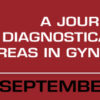

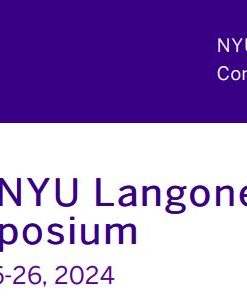
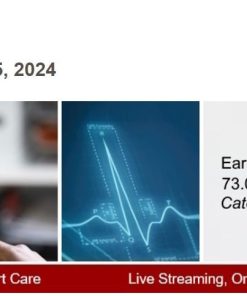


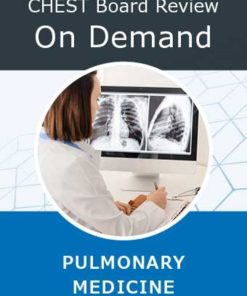
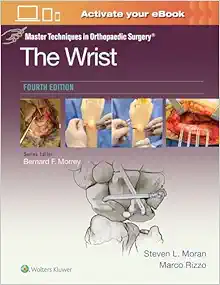
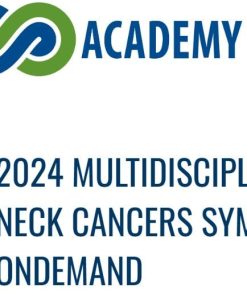

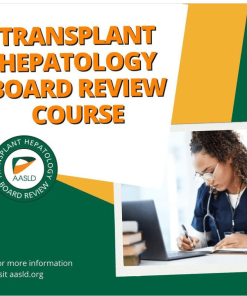
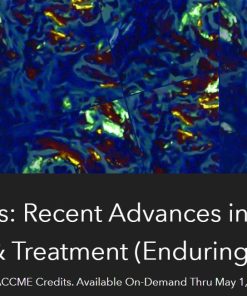
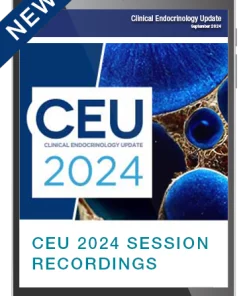
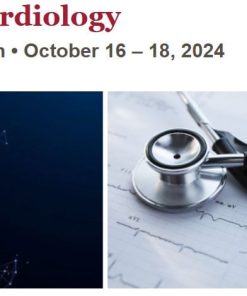

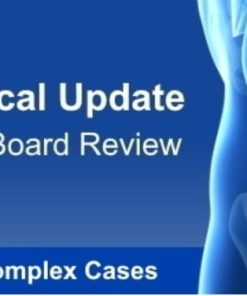
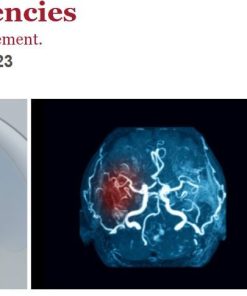
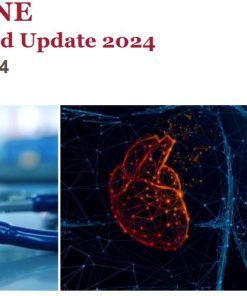
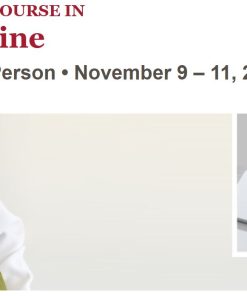






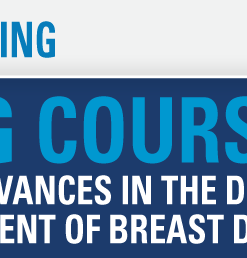


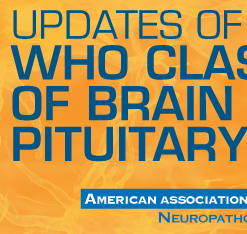



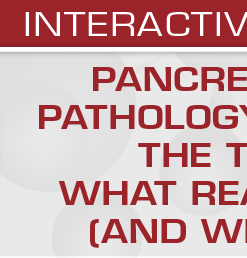

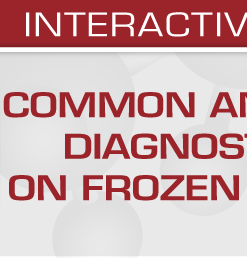
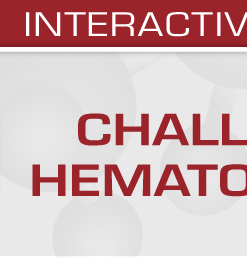

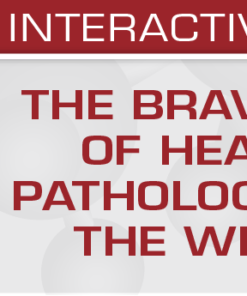



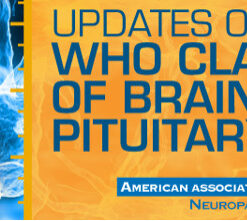
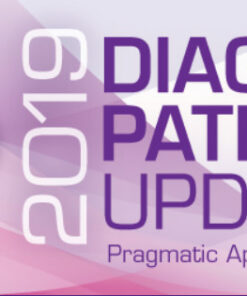
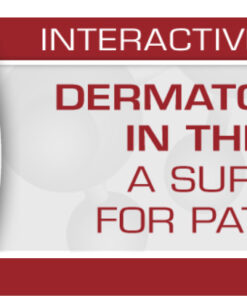


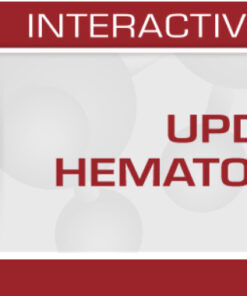
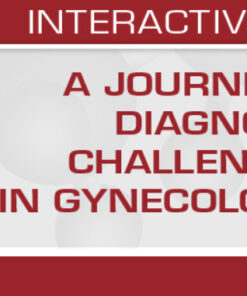
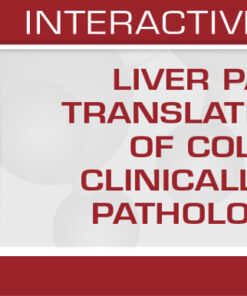


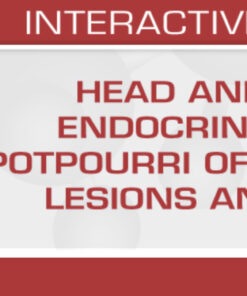
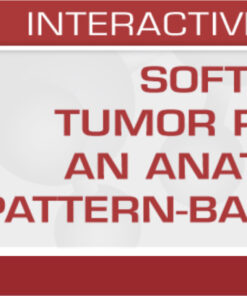

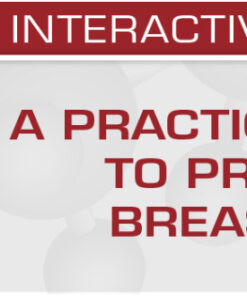
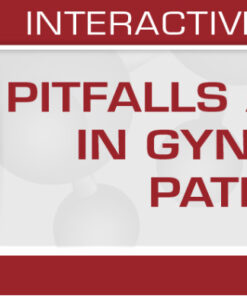
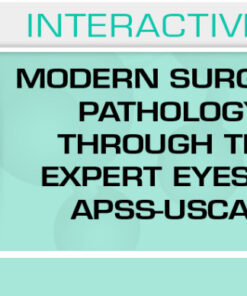
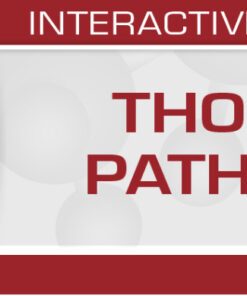
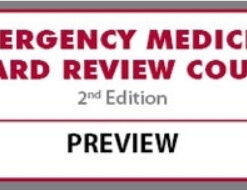
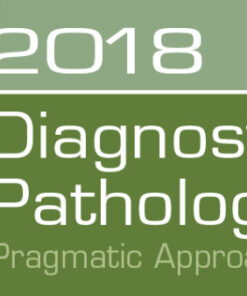
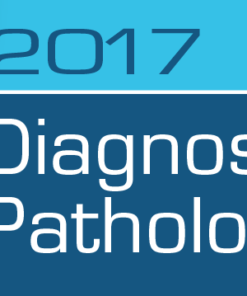
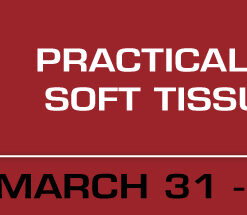
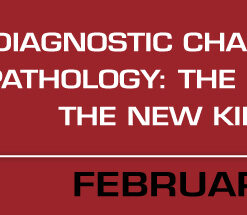
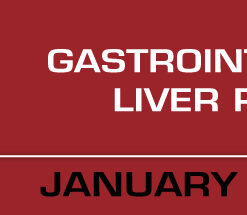
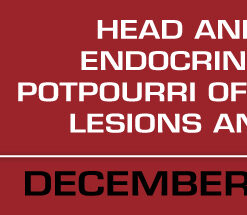
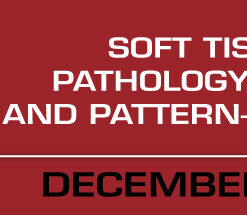

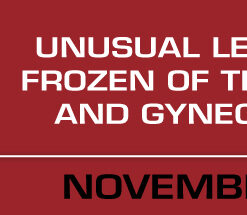


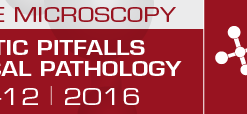
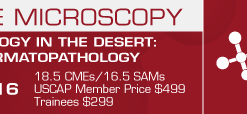

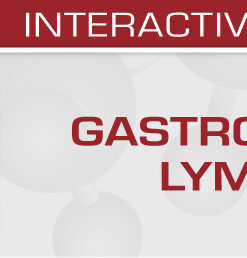
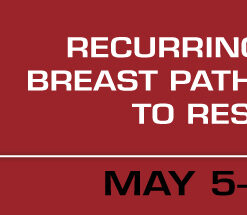

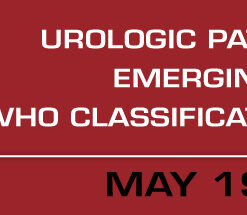


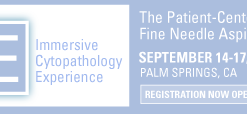
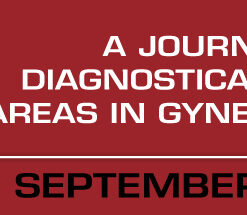
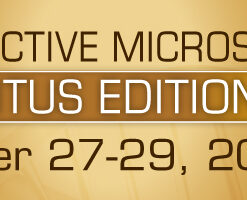
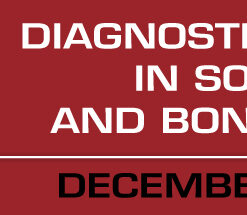

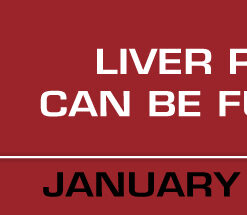


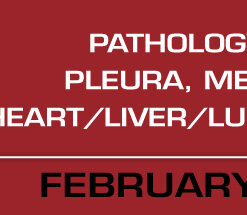
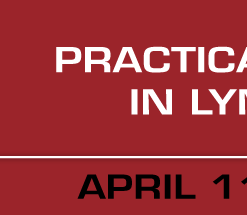


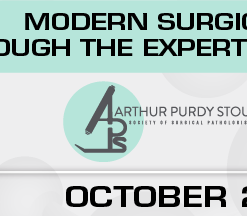
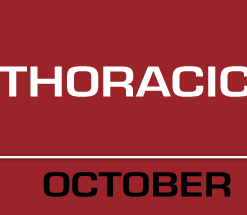
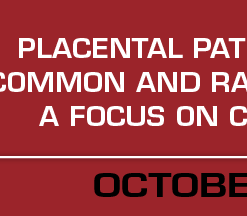
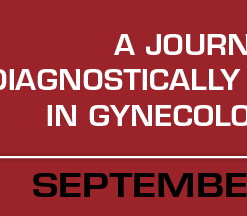
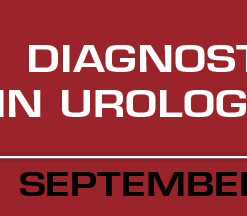

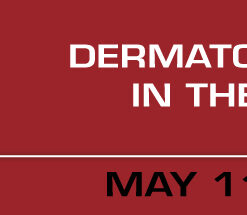

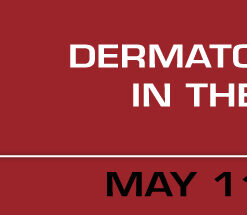

Reviews
There are no reviews yet.